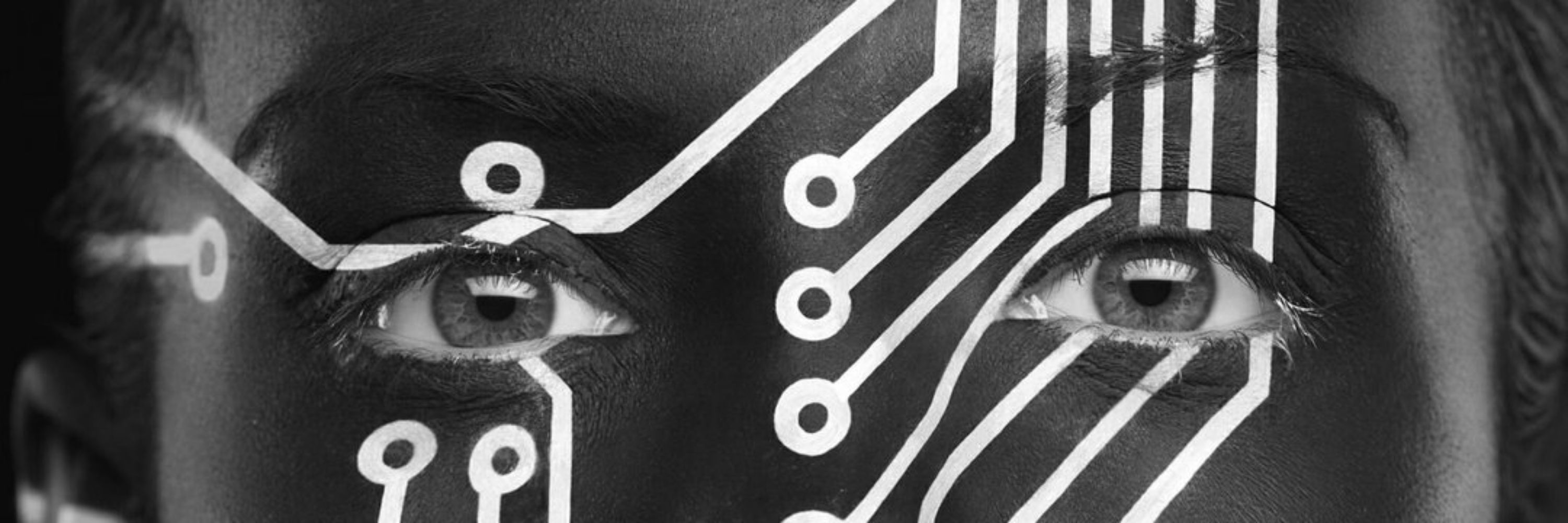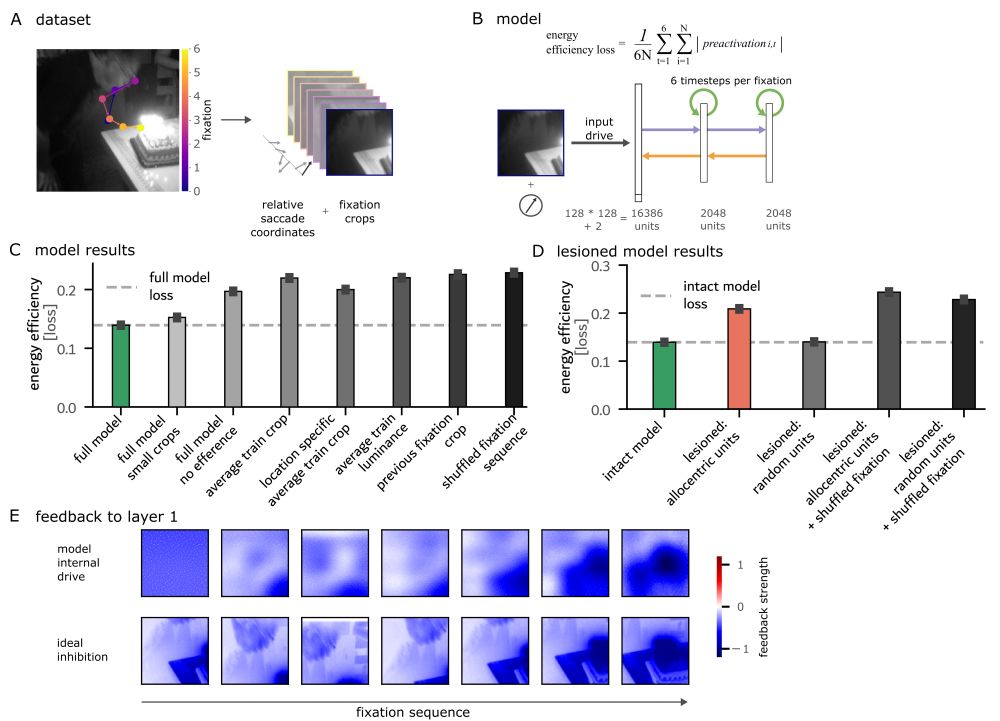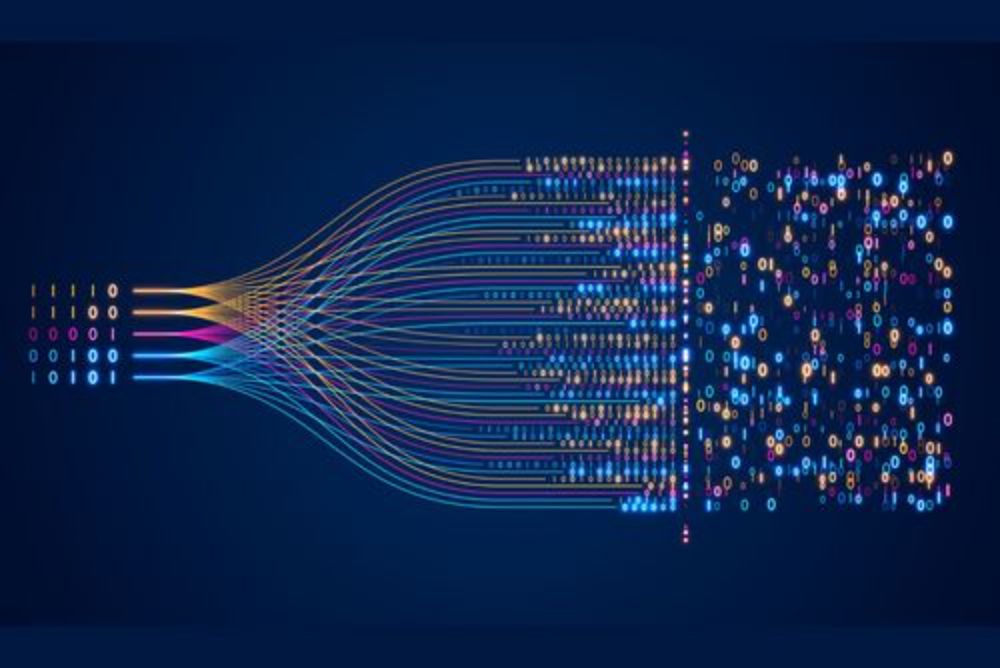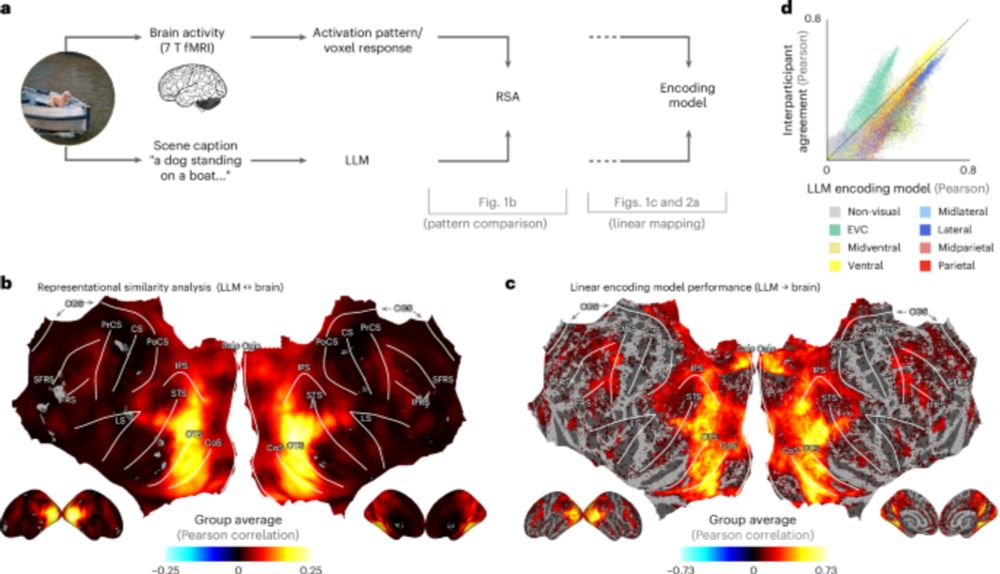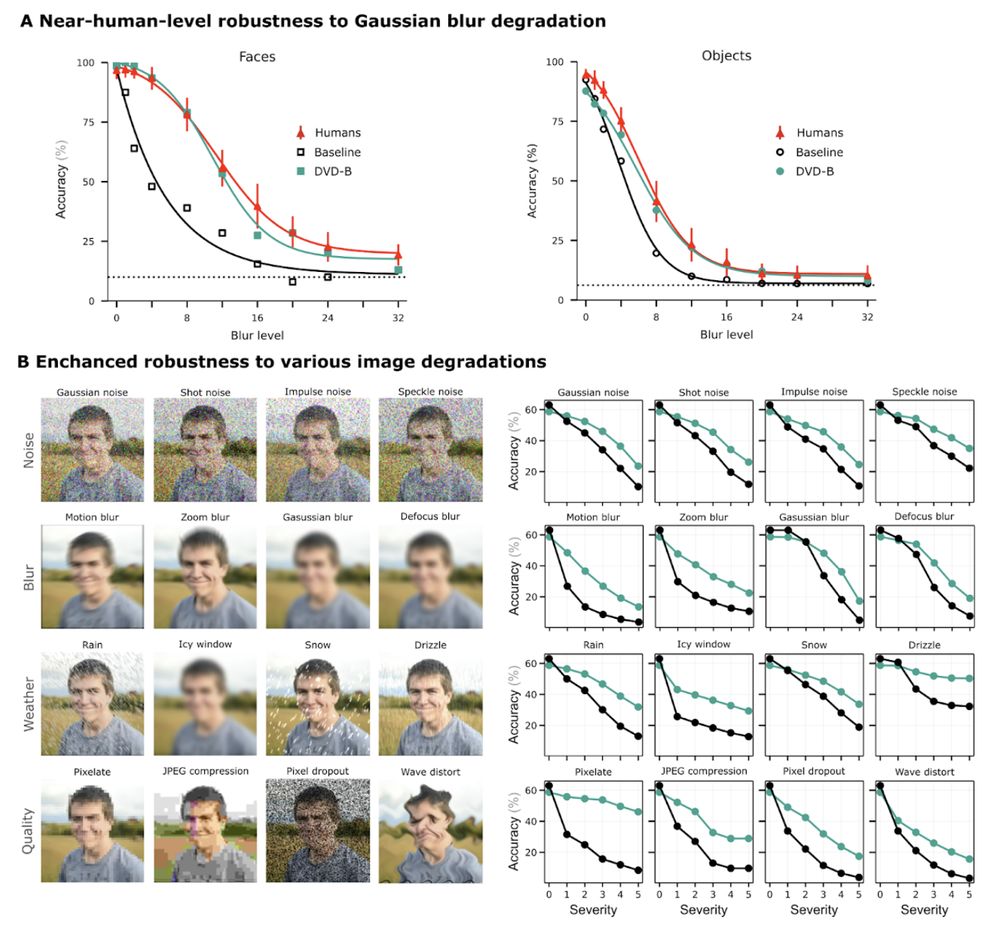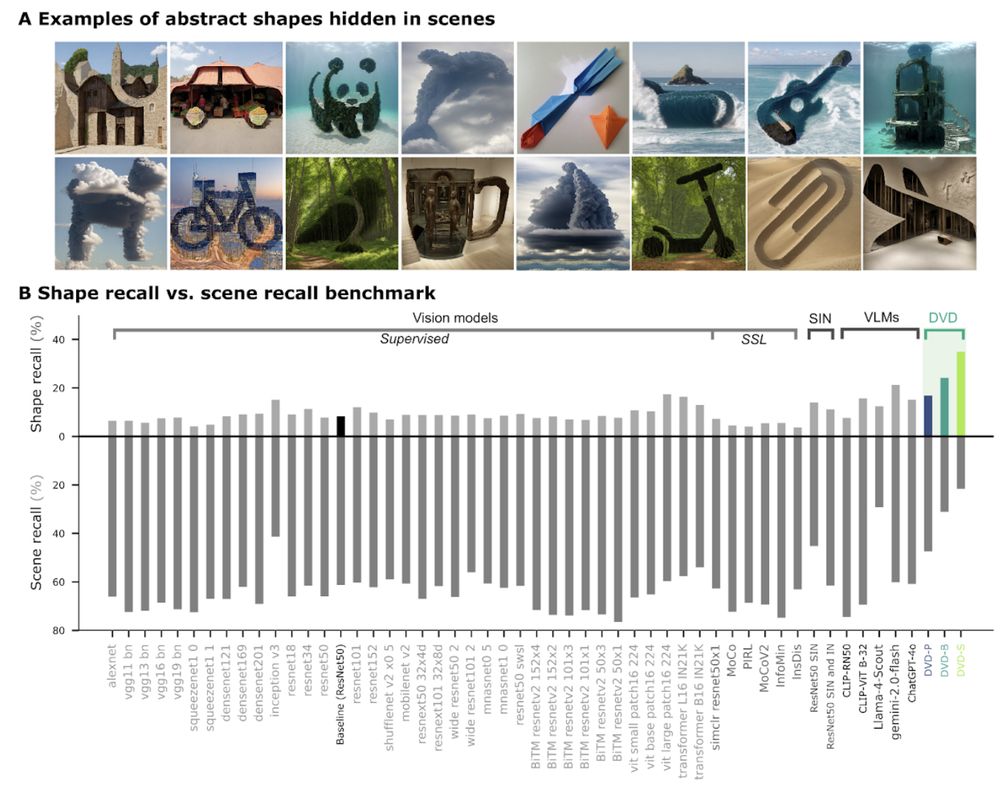Tim Kietzmann
@timkietzmann.bsky.social
3.2K followers
320 following
91 posts
ML meets Neuroscience #NeuroAI, Full Professor at the Institute of Cognitive Science (Uni Osnabrück), prev. @ Donders Inst., Cambridge University
Posts
Media
Videos
Starter Packs
Pinned
Tim Kietzmann
@timkietzmann.bsky.social
· Jul 26
Tim Kietzmann
@timkietzmann.bsky.social
· Jul 26
Reposted by Tim Kietzmann
